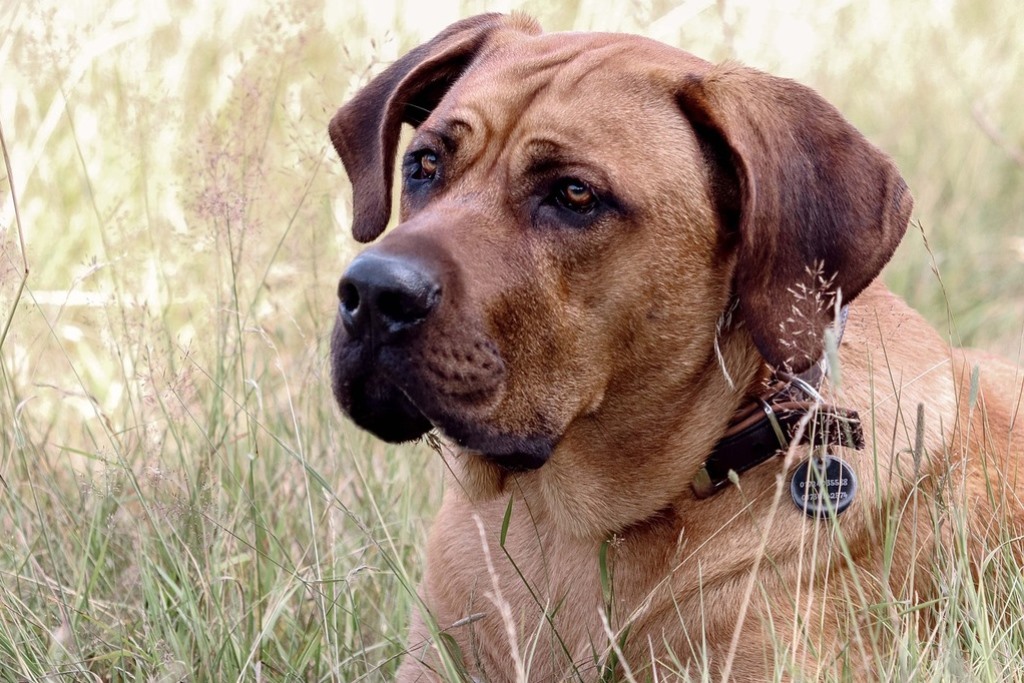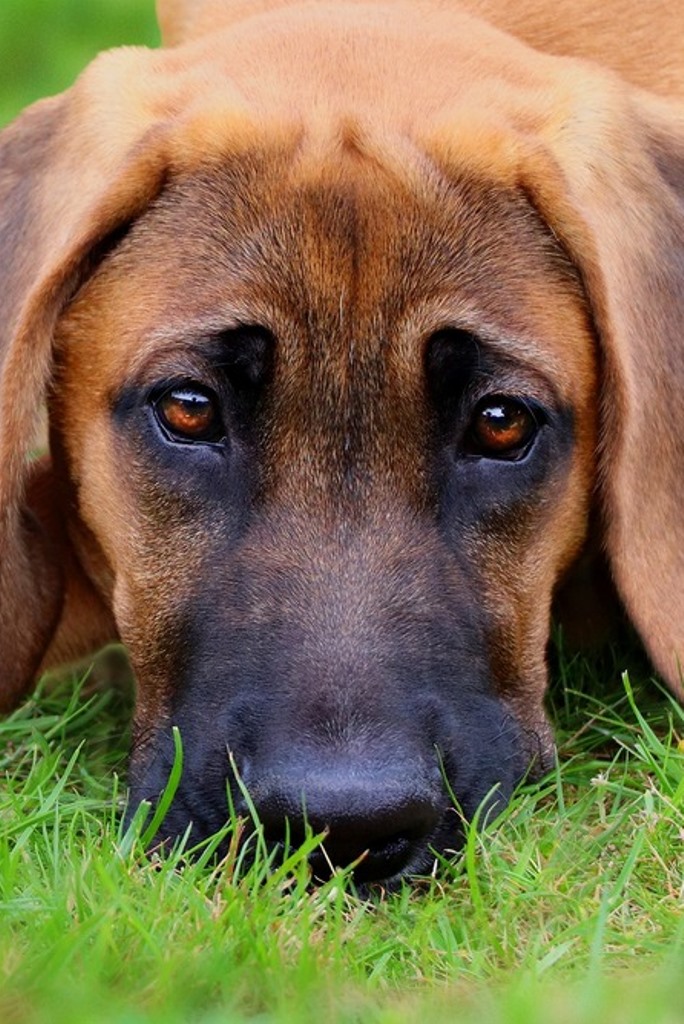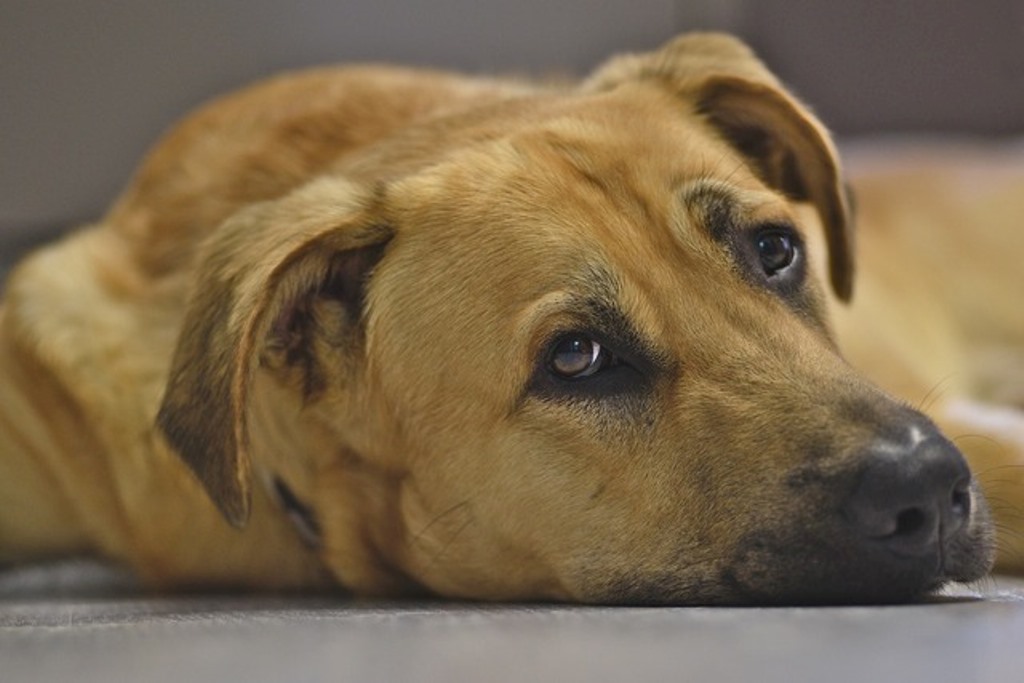
Distinctive Features of the Broholmer Dog Breed
The origin of the Broholmer dog breed is quite ancient. It is thought that it was the Vikings who brought large dogs of the English mastiff type (descendants of the Roman Molossi) to their homeland, Denmark, which, crossed with local dogs, produced a breed with a very robust build. It was initially used for hunting, especially deer, but over time its abilities as a guardian were also discovered and it was one of the dogs chosen by the Danish aristocracy to guard their estates and castles.
The greatest breeder of these dogs was an 18th century nobleman, Count Sehested of Broholm, after whom they were named. And with him the number of these specimens grew considerably until the Second World War, when they risked becoming extinct. In 1975 a group of enthusiasts founded an association for the preservation of these specimens, which were known in the 20th century as Danish dogs.
Today, this breed is no longer at risk of extinction, the specimens reach a good number, but outside its native country, the Broholmer dog is almost unknown.
Character of the Broholmer dog breed

The Broholmer is a balanced, calm dog. Loyal and very protective of his family, due to his nature as a guard dog he always remains alert and attentive to everything that goes on around him. He is very well adapted to being in a family if he is correctly accustomed from birth.
It is very easy to train this dog, because it is inclined to please its owner, but it must be accustomed from an early age, because although intelligent and calm, it is a dog of considerable size, which can cause problems if it is not trained and socialised as a child, and it would be difficult to keep it as an adult. He is friendly with people he knows, but towards strangers he is wary, although he remains absolutely docile and never aggressive.
It is an excellent companion dog and also suitable for children, as it likes to play a lot and develops towards them a great instinct of protection. It can also be a flat dog, although its size (we speak of 70 kilograms for an adult male) requires a lot of space. It is also suitable for the elderly as it is very calm and patient, but it needs at least one long day out to do some exercise and exploration.
He also likes travelling and moving around, always curious about new places and is a dog that gets along well with other dogs, cats and pets in general. He is not very well suited to being alone for long periods, loneliness could make him destructive in the house and garden.
Appearance of the Broholmer dog breed

The Broholmer is a large dog, the average male reaching 70/75 centimetres at the withers and weighing about 70 kilograms, the female a little less than usual. The trunk is well developed, with a long back and a broad, muscular chest. It has a strong, mastiff-like constitution and possesses a regular, energetic gait. Its appearance is dominated by powerful forequarters.
The legs are well-proportioned and strong, the hind legs are well angulated and the musculature is highly developed. The tail has a medium hairline kept low when at rest but taut when active and never close to the back. The head at rest is also kept low, whereas when the dog is alert or excited it is carried higher.
The head is relatively large and wide. The muzzle is not particularly long but rather large, the stop is not marked and the truffle appears voluminous and always black. The eyes, usually amber or darker, are round but not too large in relation to the rest of the head, with a confident, alert and intelligent look. The ears are of medium size with high hairline and drooping over the cheeks.
The coat is short and is made up of a very thick undercoat and a very coarse, smooth, close-to-the-body coat. The coat colours are generally fawn with black mask, total black and golden red. White patches on the chest, feet and at the end of the tail may sometimes be present.
Health and care of the Broholmer dog breed

The Broholmer is certainly a robust and hardy dog but also prone to weight gain. For this reason, its health status must be constantly checked with your vet. He is among the dogs prone to suffer from hip dysplasia. Finally, like many large dogs, Broholmer can also suffer from gastric torsion, generated by too much food or water consumed in a hurry or caused by too vigorous exercise after eating.
With regard to diet, it is necessary to ensure that it is well cared for and well balanced from puppyhood, as this breed tends to suffer from overweight and obesity. It is important that at least once a day the Broholmer goes out for a long walk. This breed has a life expectancy of about 11 years.
As far as grooming is concerned, regular cleaning is sufficient to maintain the beauty and good health of the coat, which is rustic and must remain so. It does not lose much hair, not even during the moulting period. Its drooping ears should be checked from time to time.






















